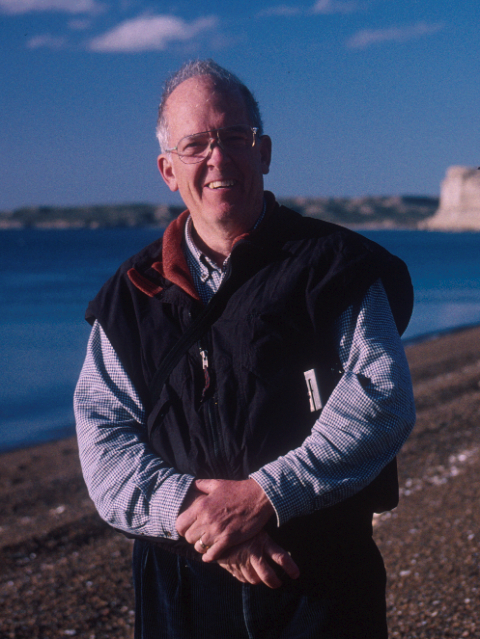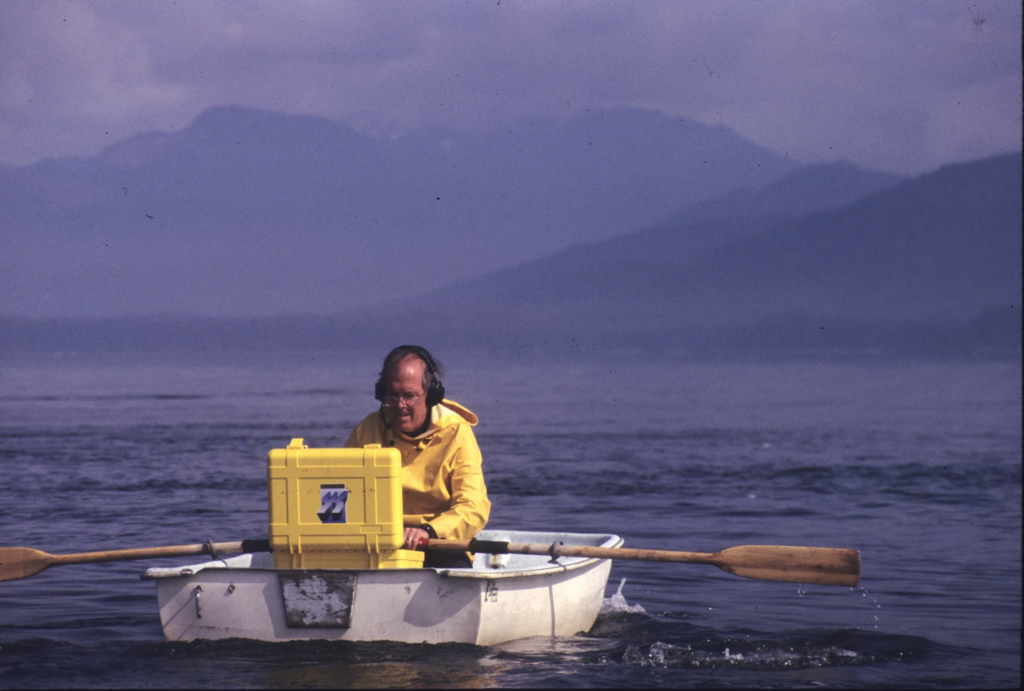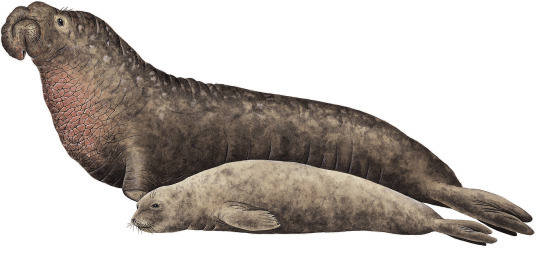By Jonah Lewis, rising junior at Pacific High School, GEMM Lab Intern 2023
Hello, I’m Jonah Lewis, the other high school intern for the TOPAZ/JASPER Project. I am a rising junior for Pacific High School in Port Orford. I am interested in many things, including computer sciences, electrical sciences, different types of engineering, and lately, marine biology. At the end of February, my biology teacher, Hilary Johnson, was looking for high schoolers to join this internship and I decided that it could be a great experience for me. I applied, and somewhere in March, before I knew it, I was being interviewed by Allison Dawn, our Zoop Troop Sergeant, and Leigh Torres, the head of the operation. I was so nervous for my interview, and tried my best to do well. Then on March 31st, I saw the job offer email, and my family and I were overjoyed. Now that we are in our fourth week, I can say the people and the experiences have been amazing, but my favorite part of all has been the cliff site and the adrenaline rush of tracking a whale moving across the ocean.
Figure 1: Jonah smiles after fixing a whale using the theodolite.
Theodolite is an important aspect of this research project. This instrument was invented by Leonard Digges back in the 1550’s and is a highly accurate instrument for mapping, engineering, etc. Read here to learn more about the theodolite’s component parts, written by last year’s intern Nichola Gregory, a previous JASPER intern. In Port Orford, we use it for tracking where a gray whale blows and surfaces! Setting up the theodolite can be a challenge for newcomers, but as you repeatedly put this device together, and then take it down, you understand and can troubleshoot better and faster than the previous time. It took me and the team some practice to be able to get all three ways it needs to level just right, or else the instrument decides to throw a fit. For example, when the theodolite isn’t exactly leveled right, or maybe the batteries are low, or the cord just isn’t plugged in all the way, it will just beep at you, trying to say there is an error. After the theodolite is properly leveled, you connect it to the computer that runs our software program called Pythagoras.
Not only does the physical setup require care, but “fixing” a whale requires technique. Here, we are trained to be both accurate and precise when following our focal species. To be accurate, we would need to position the theodolite scope so that the whale is close to the crosshairs. To be precise, we need to fix the whale in the same location on the theodolite crosshairs consistently. Our team has learned how to be both accurate and precise.
Figure 2: Accurate and precise diagram using the crosshairs of a theodolite as reference, diagram by A. Dawn.
Being on cliff team can get tedious, even when you are not using the theodolite to fix a whale. Staring at the waves and the horizon can feel like an eternity, especially when gray whales aren’t active in our study area. Yet, during this time we have to be “on effort”. Being on effort is making sure you scan the horizon consistently, both you and a partner are constantly looking at our study sites. All this is best represented by our team manager Allison: On the cliff with her, she is always looking at the ocean, paying attention to both sites, and for at least the first hour or longer, she will not sit down.
Figure 3: Kelp bed behind the jetty while a whale flukes in the background.
After we collect all of our data from kayak and cliff each day, we head down to the dry lab and get prepared to download and transfer our data to a hard drive known as “Tharp”. I learned that Marie Tharp was a woman in the 20th century, who mapped the ocean floors, which helps scientists even now. (The GEMM Lab names each hard drive after famous scientists; it helps to track the many hard drives.) When I use the hard drive, I think about her and about how I also helped collect data for mapping features in our marine study site. During the first week of data collection, Allison and I looked through the theodolite scope, found obvious kelp patches on the surface of the water, and fixed many times around the edges, making a complete polygon around the kelp beds.
Figure 4: Team bonding at the Prehistoric Gardens in Port Orford
This internship for the past four weeks has been an amazing experience. In addition to our fieldwork, I’ve been able to participate and connect with many other interns and professionals here at the Field Station. I have also enjoyed connecting with visitors from all different areas who come by and ask what research we’re doing on the cliff. At the field station I have fun hanging with the guys at the house as well, where we play sports in our downtime and cook together. I also learn about what projects they are doing, from urchin culling to sea otter research, it all fascinates me. I have helped POSS (Port Orford Sustainable Seafood) with bagging fish, washing dishes, and in return they provide samples of the amazing food they make. I am overjoyed about what I have learned and the people I have met during this experience, and am so thankful to be a part of the ninth year of this project.
Did you enjoy this blog? Want to learn more about marine life, research and conservation? Subscribe to our blog and get weekly updates and more! Just add your name into the subscribe box below!









